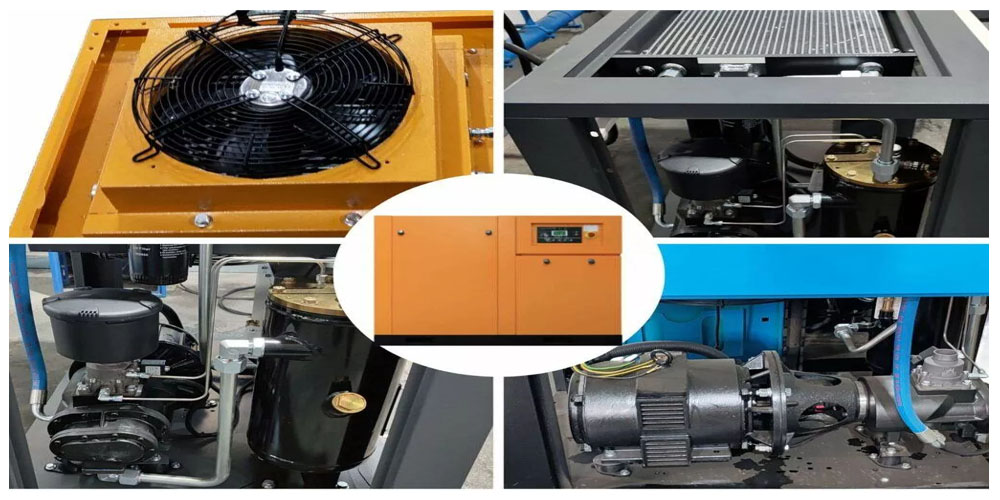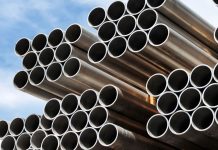WEMANO provides rotary screw air compressors that are specifically made to fulfill the demands of various customers. Fixed-Frequency Screw Compressors and variable Screw Compressors from WEMANO are created to match your unique needs and offer dependable and affordable compressed air solutions.
They can provide compressed air for your industrial applications effectively thanks to their reliable performance and cutting-edge technology compressed air systems are frequently the least energy-efficient piece of machinery in a facility.
There are various commercial and industrial implementations for compressed air. It is frequently referred to as the “fourth utility” at many locations because of its widespread use in industry. Here in this article, a detailed discussion of the air compressors and stages is given.
Components of a Compressed Air System
An air compressor is only one component of a compressed air system. The following elements make up a simple compressed air system:
Air Intake Filter
Before they can enter the compressor, atmospheric airborne particles like dust, pollen, mold, etc. are captured by the air intake filter, a device made of fibrous materials.
Air Compressor
At the required pressure, compressed air is produced by the compressor. The Air Compressor is a device that uses pressure to compress and pressurize air, which can then be released in short bursts when needed to transform power (often from an electric motor, a diesel engine, or a petrol engine) into kinetic energy. Air compressors come in many different varieties, including reciprocating, rotary screw, and rotary centrifugal.
After cooler
The system lubricant and released air are cooled by the after cooler.
Air Receiver
The air receiver tank serves as a reservoir to hold and cool compressed air while assisting in ensuring that the system can handle changes in demand. By regulating the rate of pressure change in the system, the Air Receivers help control system pressure by providing compressed air storage capacity to meet peak demand events.
Air Dryer
In order to save the system from being harmed, the Air Dryer eliminates condensation from compressed air. In general, compressed air systems last 10 to 15 years. Improper installation and poor maintenance are the main causes of early system failure.
Distribution System
A distribution system may deliver compressed air to several users on a construction site. These distribution networks may be simple or quite complicated. These elements are all included in portable units, which are used by some businesses. When a movable source of compressed air is required or for small-scale applications, portable units are typically used.
What Is The Operation Of A Compressor System?
Air from the surroundings is first drawn in by the compressor. It then continues to squeeze the molecules into a small space; this is known as air displacement. The compressor’s pump helps with both those aspects and generates the energy required to power the machine.
As previously indicated, the pressure creates enough force to be released into the receiver tank. The air enters the system through the prescribed channels when the human operator turns it on. Depending on the valve, different signals cause them to open. Once they get to the intended motor or engine, they force them to move, producing output for the machine.
Commercial vs. Industrial Air Systems
You’ll undoubtedly see and hear the terms “commercial” and “industrial” used to describe compressed air systems when researching them. It’s crucial to recognize the difference in order to choose the right system for your unique procedure.
Commercial compressed air systems are typically not designed for soiled areas like industrial plants. They lack some of the monitoring that is common on most industrial systems and cannot cool oil using a tower or process water.
Last Wording
Designing, setting up, and running a compressed air system shouldn’t be too difficult for you. It simply requires careful planning, insightful inquiries, and meticulous methodology. Working with an inventive, useful, and experienced engineer has several advantages, one of which is that you’ll probably improve your process and save some money as well.










